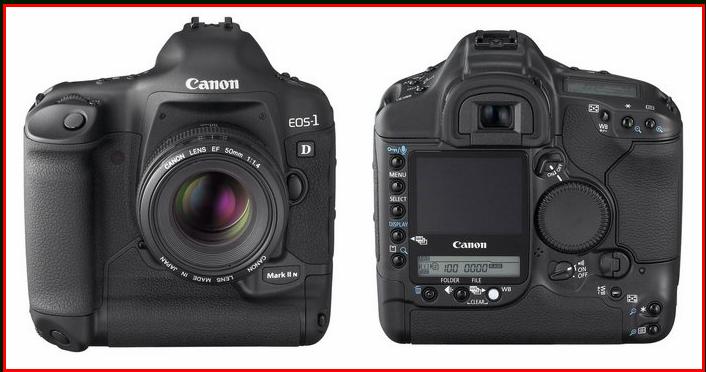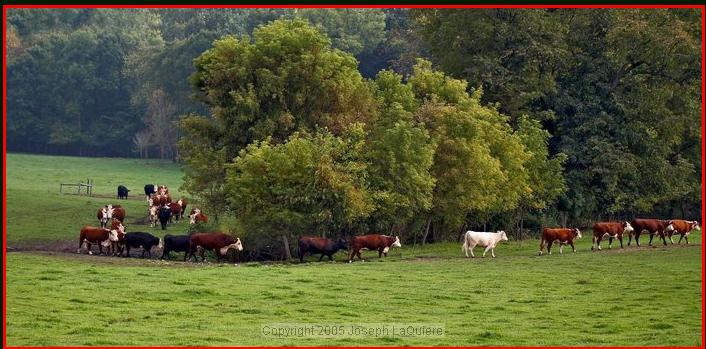FOCUS POINT ZOOM
Along with better magnification quality Canon has added the ability to zoom from the focus point and do it in only one step. With this feature turned on, in the menu, you can press the display button then the magnify button and it will immediately zoom from the selected focus point to a magnification level suitable for checking focus. This is a great feature and I routinely use it. I have my camera set up to display the histogram after the shot then I can immediately press the play button and the magnify button and check focus. This operation can be completed immediately after shooting thanks to added processing power and speed in this camera.
CARD SLOT SELECTION
Selecting which card slot to use, SD or CF, on the original Mark II was completely ill thought out and required two buttons press and rotating the wheel several times. This was most frustrating when running out of room on one card during an important shot and then having to fumble around with the camera to switch to the other card. Now the card slot may be selected simply by pressing one button and rotating the wheel, bravo!
PICTURE
I should mention a little about the picture quality. There is really no expectation that picture quality be any better or worse than the previous model because the sensor has remained the same. However I do notice a change, for the better, in image quality. I cannot say precisely what the difference is and I do not have my original Mark II to do an exact comparison but I like the depth of color better. The fine detail and dynamic range seems to be better as well but in general I just like the images I am getting out of this new "N" model better.
USER PRESETS
I also find that I do use the user presets. Even though these parameters can be changed in raw conversion and are mainly for jpg creation I like the feedback that I get from the LCD, or when browsing images with my favorite program, Breeze Browser. I like when the image has contrast and saturation that looks good in the preview. It is also for this reason that I often have my camera set to cloudy WB to add a little warmth to my previews. It makes me feel better about the image I have just created and gives me more enthusiasm for the next.
UPGRADE OR NOT?
If you are an existing 1D Mark II owner is the "N" worth the price of upgrade? Likely not, if you have other reasons to upgrade from an existing Mark II then you will enjoy the extras. Overall the camera is very similar to the original model and for all practical use will take the identical picture. Canon basically has kept it competitive to the 5d so that purchasers that want the speed and durability of the 1 series won't have to sacrifice the LCD to get it. Of course the 1Ds still has the best imaging chip in a DSLR so there is plenty of draw still, for that model. Why Canon did not give the 1Ds the same minor upgrade I don't know. Perhaps we can look forward to a new and completely different flagship camera from Canon who knows. Canon certainly could have done more to the camera and there are other annoying things they could clean up (one of them being the mirror lockup selection) but what they have added is welcome. They have taken a camera at the top of the heap in performance and fine tuned it some more. If you desire the best and fastest camera available for wildlife and sports than there is none other than the 1D Mark II N.




